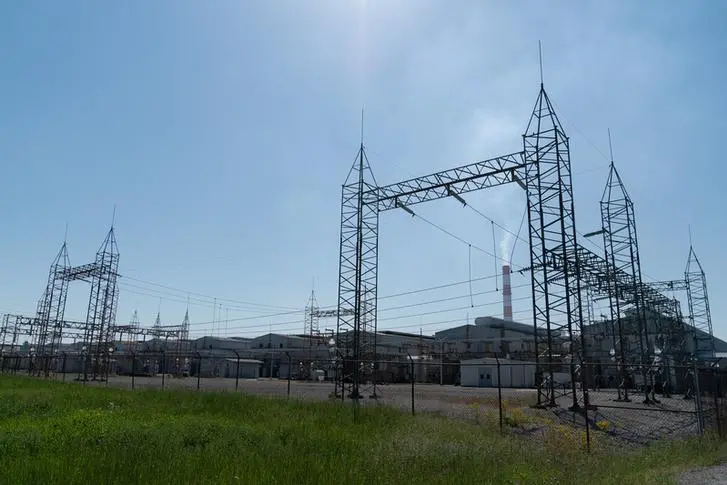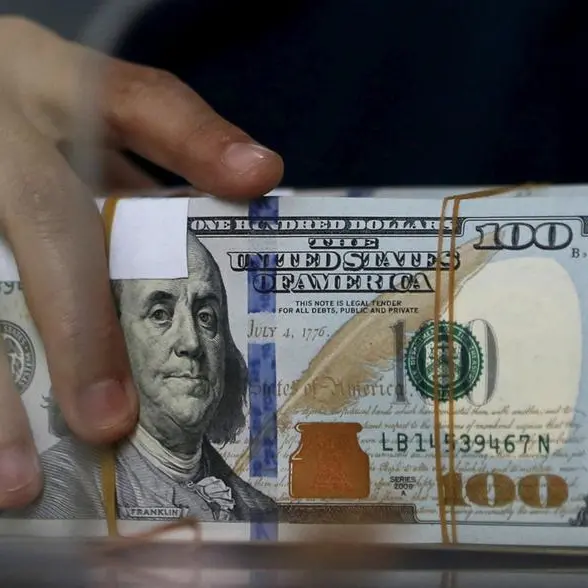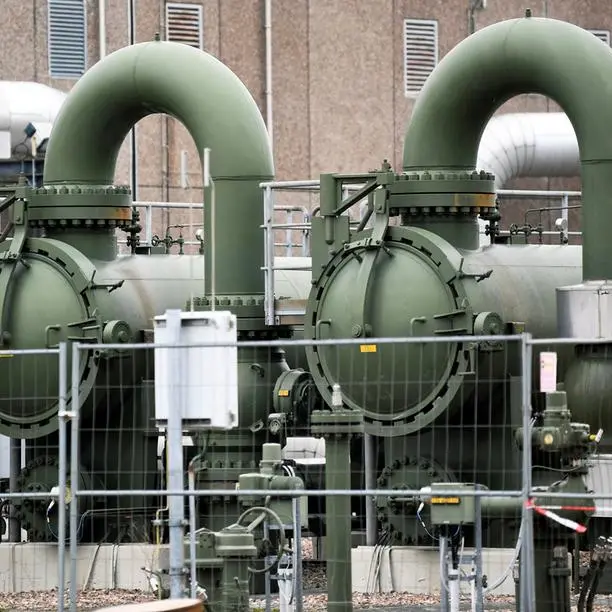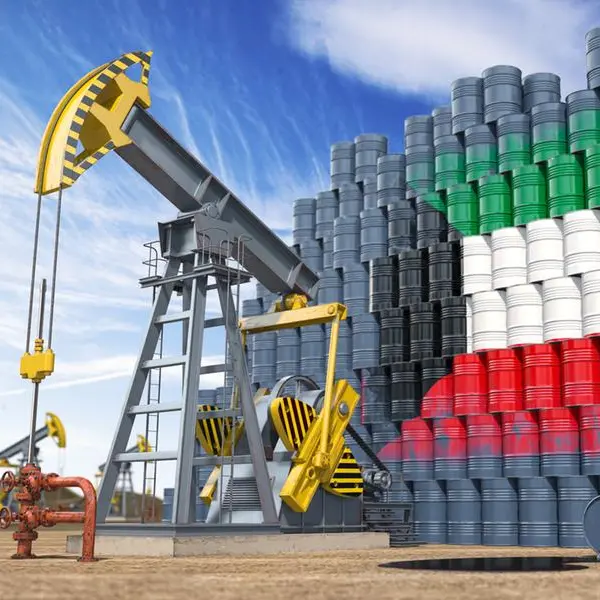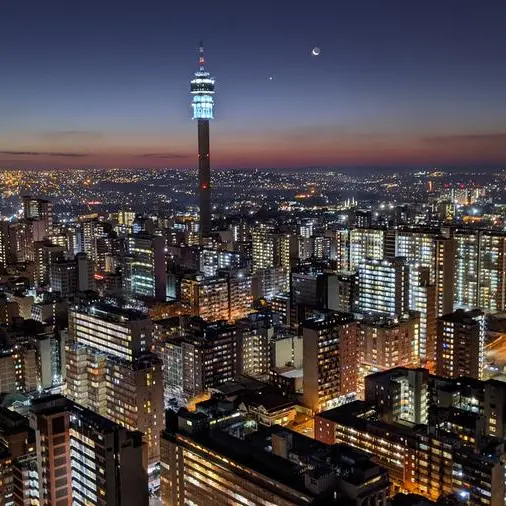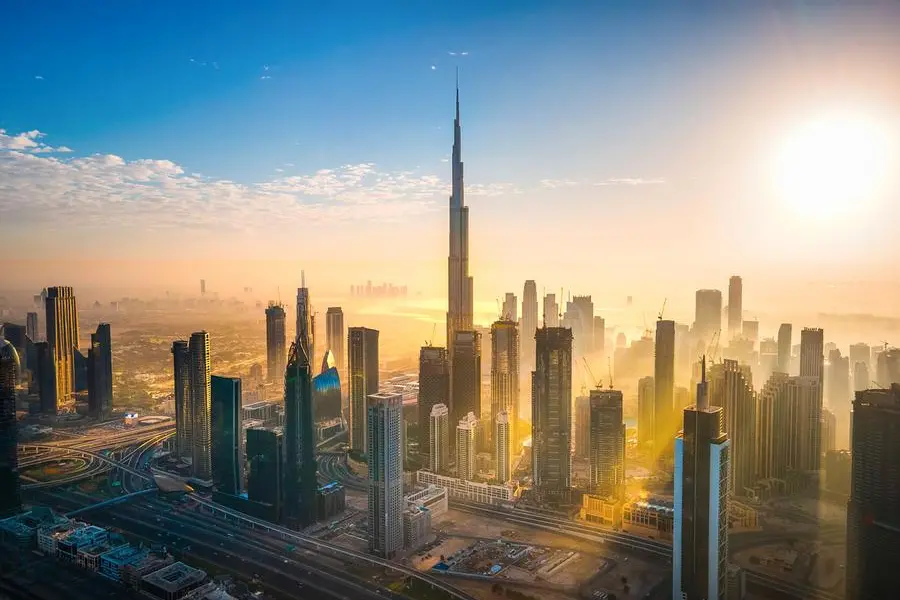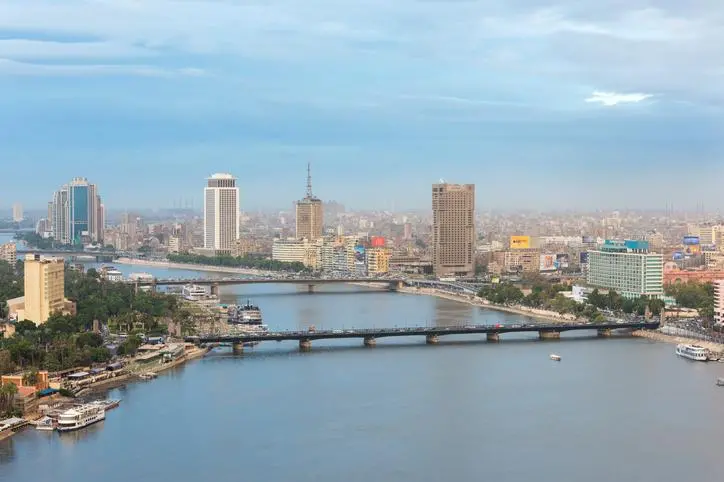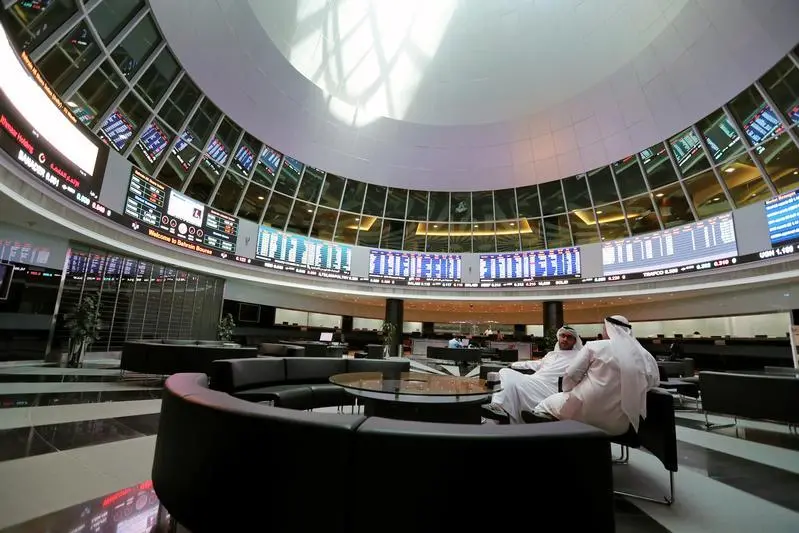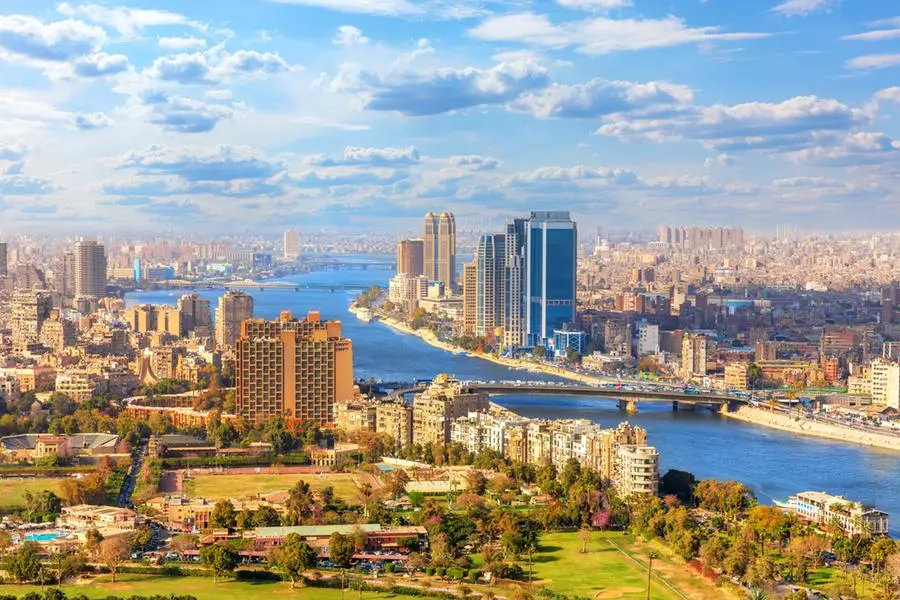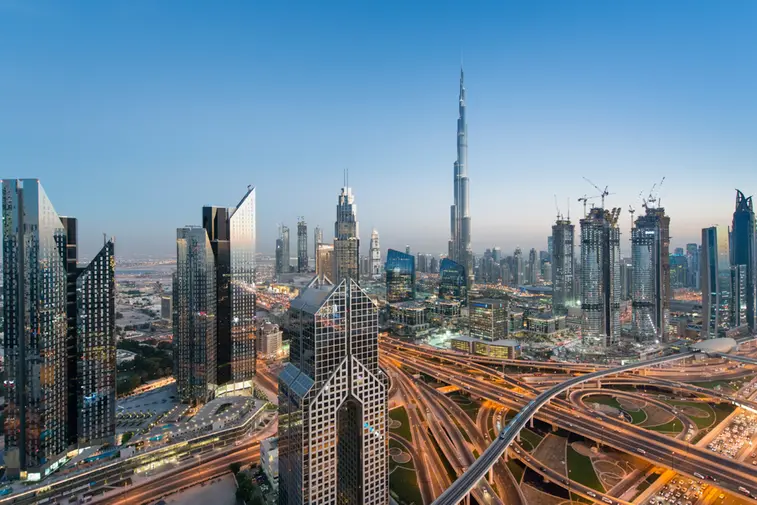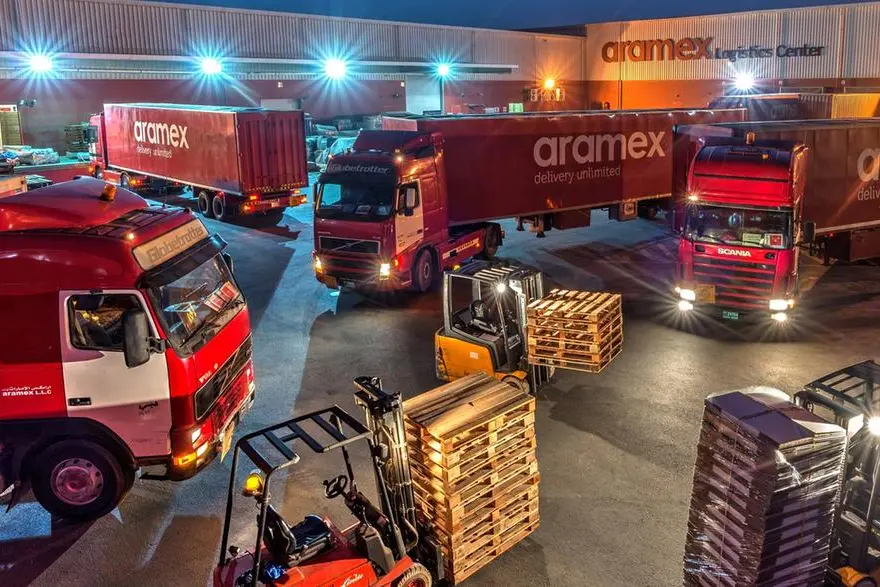PHOTO
Electric power lines are seen at Century Aluminum Company in Hawesville, Kentucky, U.S. May 14, 2019.
(The author is a Reuters Breakingviews columnist. The opinions expressed are her own.)
HONG KONG - China's President Xi Jinping has promised to turn the world’s largest consumer of fossil fuels into a carbon-neutral nation by 2060, but that might make it harder to keep the lights on. Widespread electricity rationing in December stoked fears of another harsh winter for the country's households. A clunky grid monopoly is the culprit.
Reviving industrial activity and a coal shortage aggravated by bans on Australian imports combined to unbalance power supply and demand in many regions just as the temperature dropped. Some residents in Hunan province, for example, have had to use flashlights and work in unheated offices, local media reported, after the provincial government introduced usage restrictions. Chinese people have become accustomed to occasional shortages of power or gas in winter months, as local governments strain to meet emissions reductions targets. Xi’s new plans may make such brownouts even more frequent.
Wind and solar capacity is supposed to triple from 2019 levels by 2030, but it might not solve the problem. China's total installed electricity capacity exceeded the annual maximum load of all provinces combined in 2019, yet outages occurred the following year. That’s mostly thanks to China State Grid, a largely unreformed bureaucratic dinosaur from China’s command-economy past. The operator distributes electricity across 90% of the country, but unlike utilities in market-driven economies, it also dictates prices and volumes to generators and downstream buyers. This system it controls has long been inadequate at getting renewable power from rural hinterlands to cities, despite frenetic investment in ultra-high voltage lines and smart grid technology. The windswept province of Inner Mongolia has been turning off turbines because the grid cannot absorb them. A group of investors complained to energy authorities in December that public-private projects to expand distribution capacity had been unable to integrate with State Grid’s network and were losing money.
Beijing eventually intervened, claiming that rationing has been scrapped. But reform plans appear to have been walked back, in particular a proposal to empower regional electricity spot markets, which would dilute State Grid’s pricing control. Beijing’s commitment to clean energy targets, combined with this intransigent state monopoly, risks making ordinary people and companies associate a low-carbon economy with darkness, cold and lost money – gravy for the Chinese coal lobby. That’s unlikely to inspire a green revolution.
CONTEXT NEWS
- Chinese cities in at least three provinces announced measures to ration electricity and restrict usage in December. Inner Mongolia - a major coal-producing region in northern China, also warned of a power shortage last month.
- China's power consumption rose 9.4% to 647 billion kilowatt hours in November from a year earlier, the National Energy Administration said on Dec. 14. That doubled from a 4.7% gain in November 2019.
- In 2021, China's power consumption will grow 6.5%, reaching 7.9 trillion kilowatt hours, said Xin Baoan, President of State Grid, China's biggest grid operator, on Dec. 21. That is the fastest rate in three years.
- The share of clean energy in China's total energy consumption reached 23.4% in 2019, compared to 14.5% in 2012, according to a white paper released by the State Council Information Office on Dec. 21.
- China aims to increase the share of non-fossil fuels in primary energy consumption to around 25% by 2030, up from 15.3% in 2019, and aspires to reach carbon neutrality by 2060.
(Editing by Pete Sweeney and Katrina Hamlin) ((yawen.chen@thomsonreuters.com; Reuters Messaging: yawen.chen.thomsonreuters.com@reuters.net))
